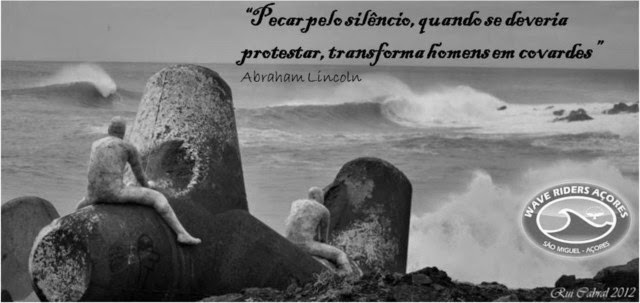A Portuguese man-of-war
Photograph by O.S.F./Animals Animals—Earth Scenes
Map
Portuguese Man-of-War Range
Fast Facts
- Type:
- Invertebrate
- Diet:
- Carnivore
- Size:
- Float, 12 in (30 cm) long, 5 in (12.7 cm) wide; tentacles, up to 165 ft (50 m) long
- Did you know?
- The tiny Nomeus gronovii fish is immune to the sting of the Portuguese man-of-war. It lives among the tentacles and even snacks on the stinging tendrils.
- Size relative to a 6-ft (2-m) man:
Anyone unfamiliar with the biology of the venomous Portuguese man-of-war would likely mistake it for a jellyfish. Not only is it not a jellyfish, it's not even an "it," but a "they." The Portuguese man-of-war is a siphonophore, an animal made up of a colony of organisms working together.
The man-of-war comprises four separate polyps. It gets its name from the uppermost polyp, a gas-filled bladder, or pneumatophore, which sits above the water and somewhat resembles an old warship at full sail. Man-of-wars are also known as bluebottles for the purple-blue color of their pneumatophores.
The tentacles are the man-of-war's second organism. These long, thin tendrils can extend 165 feet (50 meters) in length below the surface, although 30 feet (10 meters) is more the average. They are covered in venom-filled nematocysts used to paralyze and kill fish and other small creatures. For humans, a man-of-war sting is excruciatingly painful, but rarely deadly. But beware—even dead man-of-wars washed up on shore can deliver a sting.
Muscles in the tentacles draw prey up to a polyp containing the gastrozooids or digestive organisms. A fourth polyp contains the reproductive organisms.
Man-of-wars are found, sometimes in groups of 1,000 or more, floating in warm waters throughout the world's oceans. They have no independent means of propulsion and either drift on the currents or catch the wind with their pneumatophores. To avoid threats on the surface, they can deflate their air bags and briefly submerge.
http://animals.nationalgeographic.com/animals/invertebrates/portuguese-man-of-war/

Sem comentários:
Enviar um comentário
Por opção editorial, o exercício da liberdade de expressão é permitido, excluindo,todos os comentários anónimos com linguagem inapropriada, considerada abusiva, que serão imediatamente apagados. Nas caixas de comentários abertas ao público disponibilizadas pelo Wave Riders Açores em www.waveridersacores.com. Os textos aí escritos podem, por vezes, ter um conteúdo susceptível de ferir o código moral ou ético de alguns leitores, pelo que o Wave Riders Açores não recomenda a sua leitura a menores ou a pessoas mais sensíveis.
As opiniões, informações, argumentações e linguagem utilizadas pelos comentadores desse espaço não refletem, de algum modo, a linha editorial ou o trabalho do Wave Riders Açores.
O Wave Riders Açores reserva-se o direito de proceder judicialmente ou de fornecer às autoridades informações que permitam a identificação de quem use as caixas de comentários em www.waveridersacores.com para cometer ou incentivar atos considerados criminosos pela Lei Portuguesa, nomeadamente injúrias, difamações, apelo à violência, desrespeito pelos símbolos nacionais, promoção do racismo, xenofobia e homofobia ou quaisquer outros.